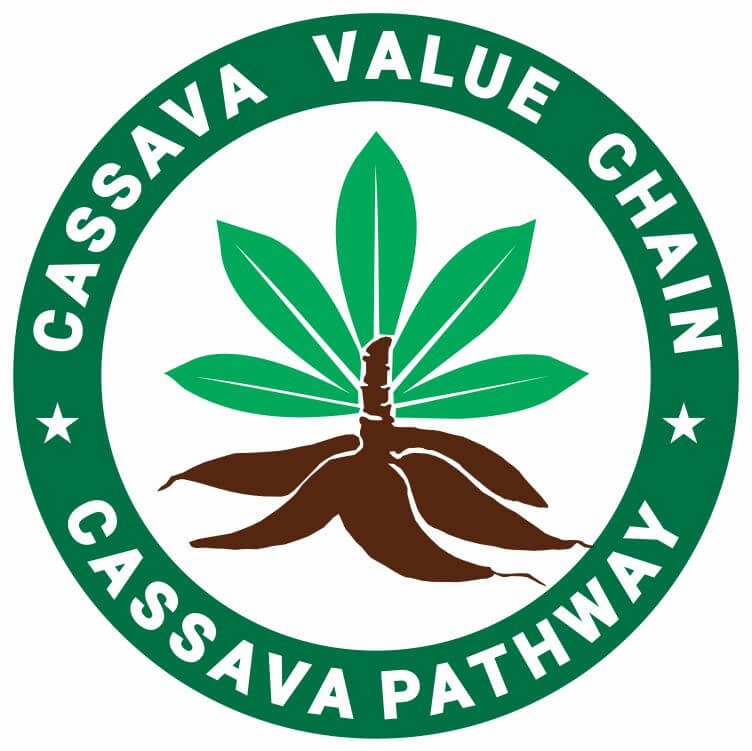Is cassava flour gluten-free? Learn how this versatile flour serves as a safe, gluten-free option for various recipes.
Cassava flour, made from the whole cassava supercrop root, is naturally free of gluten. This makes it a reliable option for people with celiac disease or gluten intolerance.
Unlike wheat-based flours, cassava flour does not contain the proteins that trigger adverse reactions in those sensitive to gluten.
It also has a neutral taste and smooth texture, making it a practical substitute in many recipes.
Recommended: Are Cassava Flour and Tapioca Flour The Same?
Why Cassava Flour Works for a Gluten-Free Diet
Gluten-free diets require alternatives that maintain texture and flavor in baked goods and other dishes.
Cassava flour meets this need by closely mimicking wheat flour’s consistency.
You can use it in bread, cookies, and pancakes without significant changes to recipes.
Since it absorbs moisture well, it helps create a soft and chewy texture in baked goods.
Beyond baking, cassava flour serves as a thickening agent for soups, sauces, and gravies.
Its fine texture ensures a smooth consistency, making it a preferred choice over grainy gluten-free options like rice or corn flour.
Related: Is Cassava Flour Low FODMAP?
Nutritional Value of Cassava Flour
Cassava flour provides a high carbohydrate content, offering a quick energy source.
A 100-gram serving contains approximately 330 calories and 78 grams of carbohydrates. It also contains:
- Vitamin C: Supports immune function and skin health.
- Potassium: Helps regulate blood pressure and muscle function.
- Resistant starch: Aids digestion and promotes gut health.
Compared to almond or coconut flour, cassava flour has fewer fats and proteins but excels in delivering a mild flavor and soft texture.
Related: Does Cassava Flour Contain Cyanide?
How to Use Cassava Flour in Cooking
Cassava flour can replace wheat flour in many recipes at a 1:1 ratio.
However, slight modifications may improve results depending on the dish.
- Baking: Works well in cakes, muffins, and cookies. Combining it with eggs and a natural binder like flaxseed or xanthan gum helps improve structure.
- Pancakes and Waffles: Produce light, fluffy textures when mixed with milk, eggs, and a leavening agent.
- Bread: Best when blended with other gluten-free flours like almond or coconut flour to enhance structure.
- Thickening Soups and Sauces: This creates a smooth consistency when mixed with cold water before adding to hot liquids.
- Tortillas and Flatbreads: Form pliable dough for wraps and roti-style breads.
Related: How to Produce Cassava Flour
Things to Consider Before Using Cassava Flour
- High Carbohydrate Content: Cassava flour has a high glycemic index, meaning it can spike blood sugar levels. This is important for individuals managing diabetes.
- Proper Processing: Cassava contains natural toxins called cyanogenic glycosides. Commercial processing eliminates these, but sourcing from reputable brands ensures safety.
- Quality Variations: Not all cassava flours are the same. Some are coarser, while others are finely milled. Opt for finely ground flour for better texture in baked goods.
Related: Cassava Flour and Almond Flour: Which is Better?
Comparing Cassava Flour with Other Gluten-Free Flour
- Almond Flour: Higher in protein and healthy fats but has a nutty flavor.
- Coconut Flour: Absorbs more liquid and creates denser baked goods.
- Rice Flour: Can be grainy and lacks elasticity.
Cassava flour stands out for its smooth texture, neutral taste, and ability to replace wheat flour more effectively than many other gluten-free options.
Related: What is Cassava Tortillas?
Personal Experiences with Cassava Flour
Delila’s Gluten-Free Journey
Sarah, a mother of two, began using cassava flour after learning that her son had gluten intolerance.
She found that cassava flour allowed her to create gluten-free versions of their favorite recipes, and her kids didn’t even notice the difference in taste. This helped her maintain a normal diet while meeting her son’s dietary needs.
Uloma’s Baking Experience
Mark, a passionate baker, discovered that cassava flour works well in many recipes. He liked its neutral taste, which allowed the other ingredients to shine without being overpowered.
After some trial and error, Mark successfully made pancakes and bread that retained the right texture. However, he also pointed out that adjusting baking times and ingredient ratios took a little experimentation.
Also Read: How Does Cassava Flour Compare with Wheat Flour?
Munachi’s Health Benefits
Linda, who switched to a gluten-free diet for health reasons, noticed improved digestion after incorporating cassava flour into her meals.
While she sometimes has trouble finding it in stores, she believes the health benefits make it worth the effort.
These personal stories show that cassava flour isn’t just a gluten-free option; it’s a useful ingredient for anyone looking to try new cooking methods.
Further Reading: Choosing between Coconut and Cassava Flour
Final Thoughts
Cassava flour is an excellent gluten-free alternative that supports diverse culinary applications.
Whether you need a baking substitute, a thickening agent, or a base for flatbreads, it delivers both functionality and nutrition.
By choosing high-quality cassava flour and understanding its properties, you can enjoy gluten-free meals without sacrificing taste or texture.

Chimeremeze Emeh is a writer and researcher passionate about Africa’s most transformative root crop—cassava. Through his work at cassavavaluechain.com, he explores the entire cassava industry, from cultivation and processing to its diverse applications in food, health, and industrial use.
He also writes for palmoilpalm.com, where he shares his extensive experience and deep-rooted knowledge of palm oil, covering red palm oil, palm kernel oil, and refined products. His work there reflects his lifelong connection to agriculture and his commitment to promoting sustainable value chains in Africa.
Driven by curiosity and purpose, Chimeremeze aims to shed light on how cassava continues to empower communities, strengthen food systems, and link traditional farming wisdom with modern innovation.

